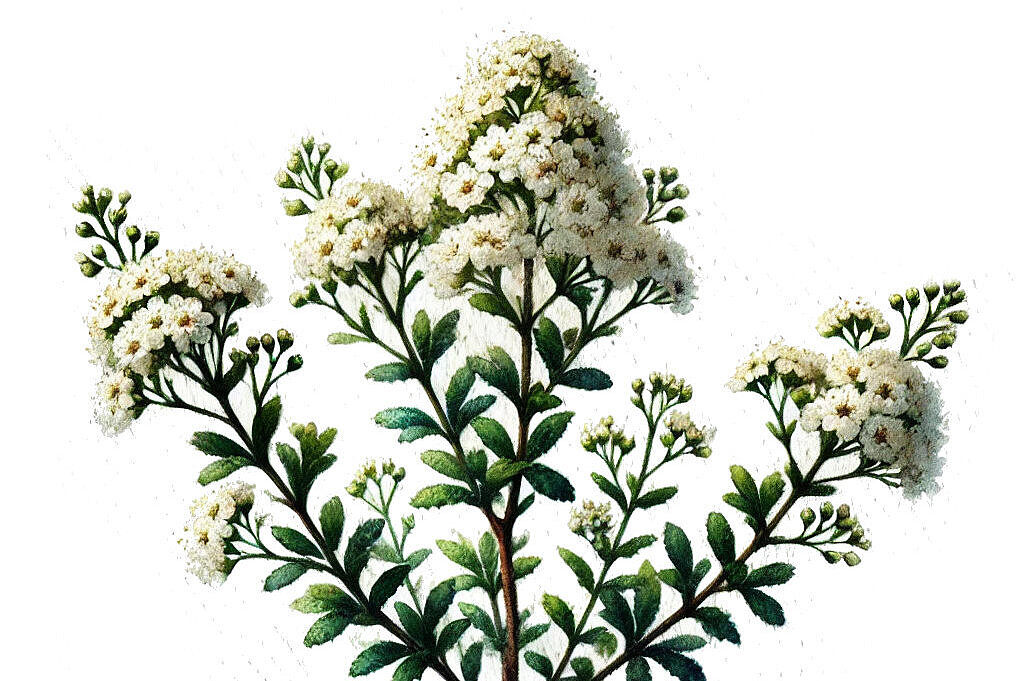Dogwood

What is dogwood?
Dogwood (Cornus) comprises a variety of shrubs and trees that are mainly found in temperate zones of the northern hemisphere. They are known for their distinctive bark, showy spring flowers and bright red fruits in the fall. Some species are also prized for their hard wood, which has historically been used for tool handles and other durable products.
Potential benefits of dogwood for dogs
Dental health
Dogwood toys can contribute to dental care by helping to reduce plaque and tartar in dogs as they chew. However, it is important to choose specially designed toys that are safe for dogs.
Entertainment and exercise
Dogwood twigs can serve as throwing toys for games of fetch, which contributes to a dog's physical exercise and mental stimulation. Again, care must be taken to ensure that no splinters or sharp edges injure the dog.
Risks and disadvantages of dogwood
Toxicity
Some parts of the dogwood plant, particularly the seeds, leaves and bark, can be toxic to dogs. Toxicity varies depending on the species, with symptoms ranging from mild stomach upset to severe poisoning.
Risk of injury
Natural twigs and branches can splinter, which can lead to injuries in the dog's mouth and throat. Ingested splinters can also lead to internal blockages or injuries.
Lack of research
There is a lack of comprehensive research on the specific effects of different dogwood species on dogs. This makes it difficult to make generalized statements about their safety.
Although dogwood is an aesthetically pleasing addition to any garden and can potentially provide some benefits for dogs, such as supporting dental health through specially designed toys, care must be taken when interacting directly with the plant. The potential toxicity of certain parts of the plant and the risk of injury from splinters make it necessary to monitor your dog's access to dogwood.
If you notice any signs of hypersensitivity or poisoning in your dog, you should see your vet immediately. We are not a substitute for a vet, but we try to be as accurate as possible. Every dog reacts differently and we recommend you get a second opinion or consult your vet if in doubt.
Stay healthy and take good care of your four-legged friend!😊
Similar to Dogwood
Forsythia, also known as the golden bell, belongs to the olive family (Oleaceae) and is mainly native to East Asia. The plant is cultivated as an ornamental shrub in many parts of the world and is...
Rock pears belong to the genus Amelanchier, which includes a variety of shrubs and small trees. The plants are particularly known for their edible fruits, which have a high nutritional value and can...
Spirea shrubs belong to the rose family (Rosaceae) and include over 80 species, which are mainly native to Asia, North America and Europe. They are characterized by their diverse flower colors in...
Weigelia belong to the honeysuckle family and comprise around 12 species of deciduous shrubs originally from East Asia. They are particularly prized for their long-lasting and colorful flowers,...



